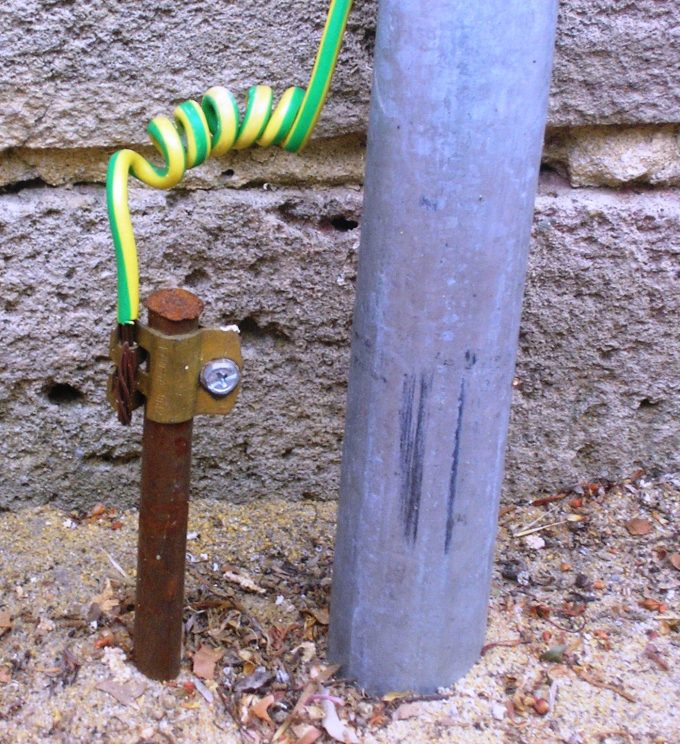Electrical grounding is a fundamental concept in the world of electrical engineering, but its significance often goes unnoticed by the average person. Grounding plays a pivotal role in electrical systems, ensuring safety, reliability, and the efficient operation of electrical equipment. In this guide, we will delve into the science behind electrical grounding, exploring why it matters and its critical role in electrical engineering.
- Understanding Electrical Grounding
At its core, electrical grounding involves connecting an electrical circuit or device to the Earth or a reference point that serves as a zero-voltage potential. In practice, grounding serves multiple essential functions:
Safety: Grounding provides a path for fault currents to flow safely into the Earth, reducing the risk of electrical shocks, fires, and equipment damage.
Stability: Grounding establishes a reference voltage point, preventing fluctuations in voltage and promoting a stable electrical environment.
Noise Reduction: Grounding minimizes electrical noise and interference, which can disrupt signal quality and affect the performance of electronic devices.
- The Science of Safety
One of the primary reasons grounding is crucial is its role in safety. When a fault occurs in an electrical system, such as a short circuit or electrical leakage, excess current seeks a path to the ground. This is where grounding comes into play:
Ground Faults: In the event of a ground fault, electricity travels through the ground wire and into the Earth, rather than through unintended conductive pathways. This ensures that users are not exposed to dangerous electrical currents.
Reducing Fire Hazards: Grounding significantly decreases the risk of electrical fires. Without grounding, fault currents may travel through flammable materials, potentially leading to a fire hazard.
Equipment Protection: Grounding helps protect electrical equipment from damage. By providing a low-resistance path to the ground, fault currents are directed away from sensitive equipment, preventing costly damage.
- Electrical System Stability
Another critical aspect of grounding is the promotion of electrical system stability. Here’s how grounding contributes to system stability:
Voltage Reference: Grounding establishes a voltage reference point, which ensures that all electrical components within a system operate at the same potential. This prevents voltage imbalances that could lead to malfunctions and equipment damage.
Common Mode Noise Mitigation: Grounding minimizes common-mode noise, which is unwanted interference or noise that occurs when multiple devices share a common ground. Reducing common-mode noise is essential for the optimal performance of electronic equipment.
- Grounding for Electronic Devices
In the world of electronics, grounding is indispensable:
Shielding Against Electromagnetic Interference (EMI): Grounding shields sensitive electronic components from electromagnetic interference, ensuring that electronic devices operate with precision and accuracy.
Safety for Users: Grounding helps protect users of electronic devices by providing a safe path for fault currents to dissipate.
Equipment Longevity: By providing a reliable path for fault currents, grounding prolongs the life of electronic devices, reducing the risk of damage caused by electrical faults.
- Types of Grounding Systems
There are various types of grounding systems, each tailored to specific applications and needs:
Single-Point Grounding: This type of grounding involves connecting all grounding conductors to a single point.
Multipoint Grounding: In multipoint grounding, different grounding conductors are connected to multiple points. It is often used in complex systems to prevent voltage imbalances.
Grounding Electrode Systems: These systems use grounding electrodes, such as ground rods or plates, to establish a connection between electrical systems and the Earth.
- Grounding in Power Distribution
In power distribution systems, grounding is of utmost importance:
Distribution Transformers: Grounding of distribution transformers is essential to ensure that fault currents can return safely to the source without endangering users or equipment.
Power Substations: Grounding in power substations helps maintain the stability of the electrical grid, as well as ensuring the safety of personnel working in these high-voltage environments.
- Grounding and Lightning Protection
Lightning strikes can cause massive electrical surges, which grounding helps to mitigate:
Lightning Rods: Grounding is an integral part of lightning protection systems. Lightning rods are equipped with grounding conductors that direct lightning strikes safely into the ground, preventing damage to structures and equipment.
- The Role of Soil Resistivity
Soil resistivity is a critical factor in grounding design. Different types of soil have varying resistivity levels, affecting how effectively fault currents can dissipate. Engineers consider soil resistivity when designing grounding systems to ensure their effectiveness.
Conclusion
The science behind electrical grounding is complex and multifaceted, with safety, stability, and equipment protection as its primary objectives. Grounding is not merely a theoretical concept; it is a practical and vital component of electrical engineering. Understanding the science behind grounding is essential for ensuring the safe and reliable operation of electrical systems, from power distribution networks to electronic devices. Grounding is the unsung hero of the electrical world, silently protecting users and equipment while maintaining system stability.
In need of Schneider products in Vadodara? We’re your dedicated Schneider distributor, offering a comprehensive range of electrical solutions to power up your space. Trust us for quality, reliability, and unmatched expertise.

